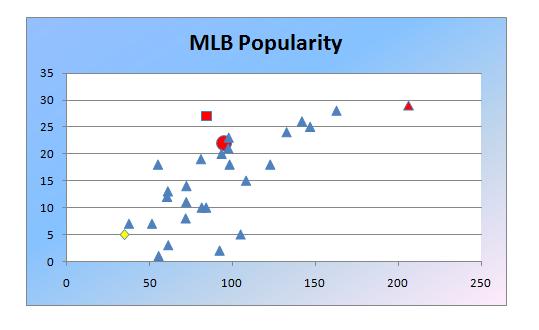 This article offers a nice introduction to the Riemann Hypothesis, one of the mathematics problems eligible for the Millennium Prize.
This article offers a nice introduction to the Riemann Hypothesis, one of the mathematics problems eligible for the Millennium Prize.
Solve it, and you’ll earn yourself one million dollars! If you do solve it, I’d be happy to look it over before you submit your proposal to the committee. Just send it my way and I’ll get back to you shortly.
If finding zeroes of the Riemann Zeta function is asking too much, the author offers up a classic problem in elementary number theory at the end of the article–something anyone with a few minutes to spare and a calculator can dive into. It’s a surprisingly serious result, with a surprisingly easy solution!





